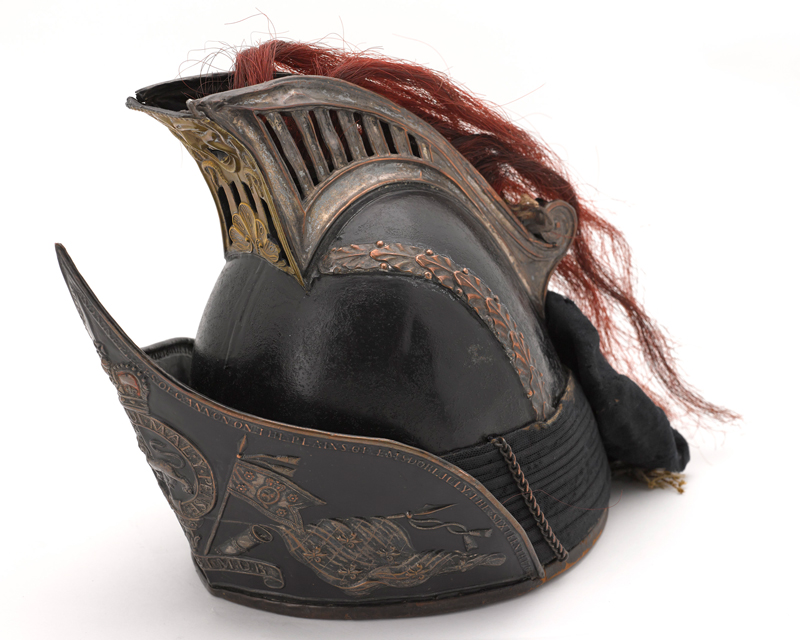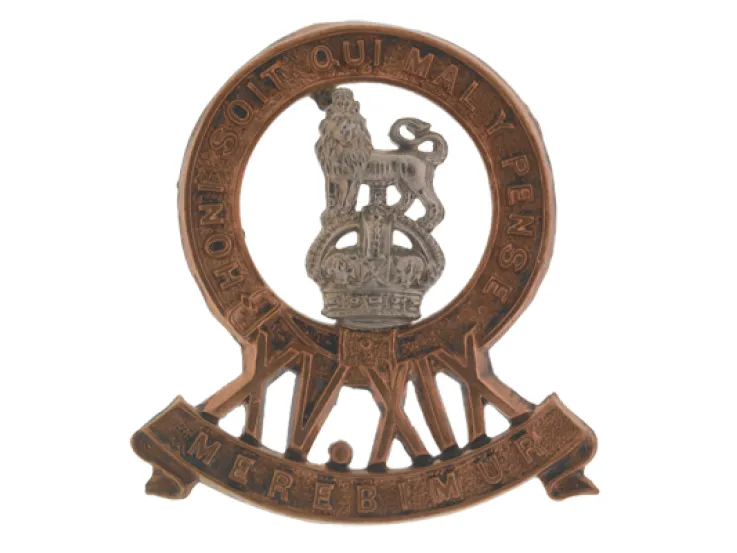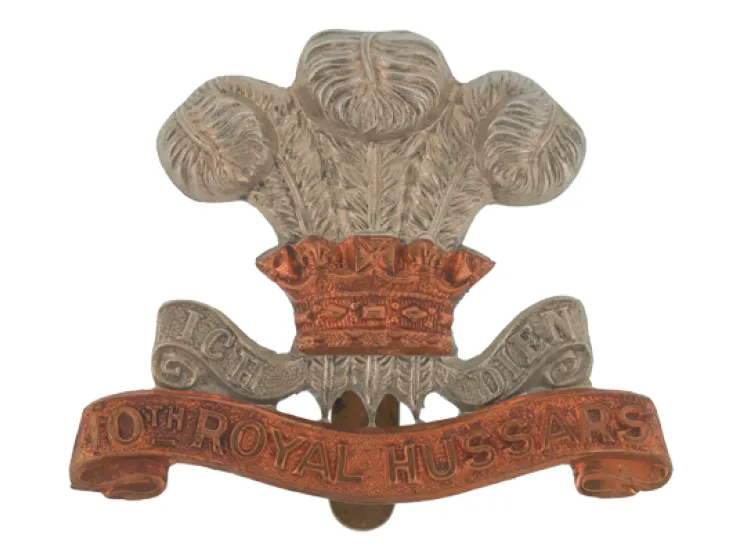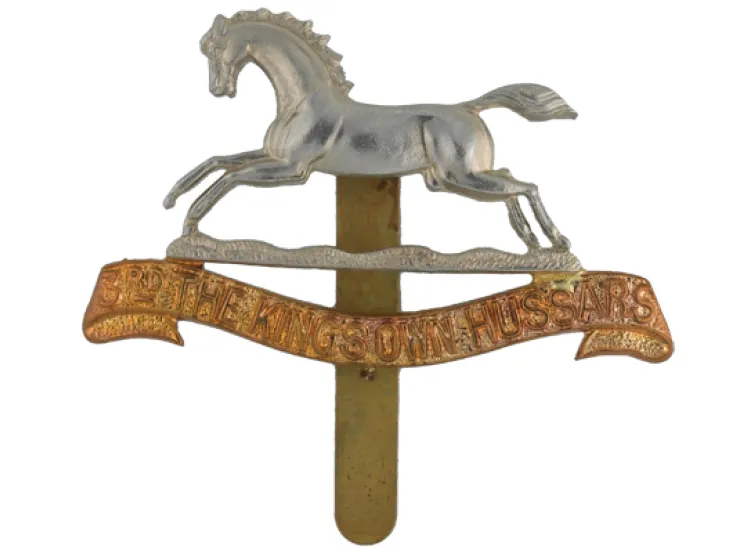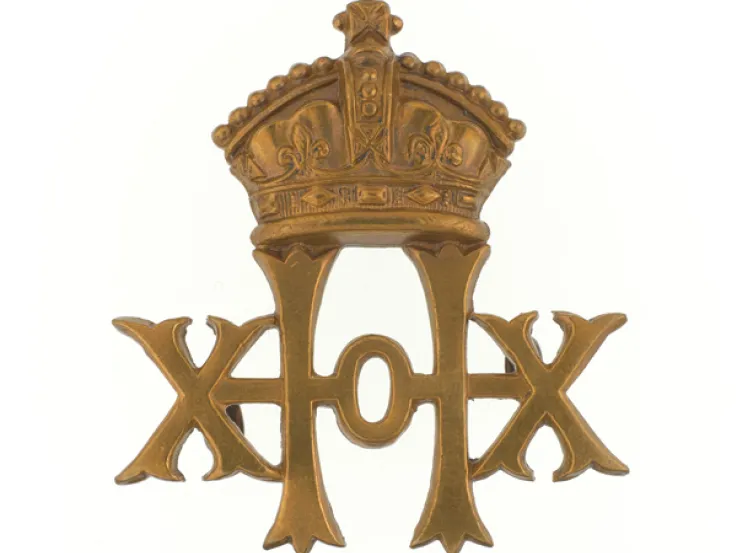Origins
In March 1759, a royal warrant to raise a cavalry regiment was issued to George Augustus Eliott, previously lieutenant colonel of the 2nd Troop of Horse, Grenadier Guards. The unit Eliott raised was immediately numbered the 15th (or Light) Regiment of Dragoons.
The following year, it joined the Allied army in Germany during the Seven Years War (1756-63). Its first engagement was at Emsdorf in July 1760, where it captured nine enemy colours, suffered two-thirds of the total allied casualties, and won the first ever battle-honour awarded to a British regiment.
In 1766, it became the 1st (or The King’s Royal) Regiment of Light Dragoons in honour of King George III, before returning to the number 15 in 1769.
War with France
The regiment fought in Flanders during the early stages of the French Revolutionary Wars (1793-1802), including service at Famars and Valenciennes in 1793, and at Villers-en-Cauchies and Willems in 1794.
It was converted into a hussar regiment in 1807, before being sent to Spain for the Peninsular War (1808-14) a year later. After joining up with Sir John Moore’s force, it successfully charged uphill through snow against French chasseurs and dragoons at Sahagun on 21 December 1808. It was evacuated from Corunna in January 1809.
After a spell of policing duties in the north of England, it returned to the Peninsula in 1813, fighting at Morales and Vitoria that year, and at Orthes and Toulouse in 1814. It also fought at Waterloo in 1815.
19th century
In 1819, it provided most of the cavalry sent to keep order at the political demonstration in Manchester which culminated in the Peterloo Massacre. Garrison duties in Ireland and India followed.
One of the regiment’s officers in the Crimean War (1854-56) was Captain Louis Nolan, whose behaviour as an aide-de-camp helped launch the disastrous Charge of the Light Brigade.
In 1861, it was retitled as 15th (The King's) Hussars before embarking for further service in India. It fought in the Second Afghan War (1878-80) and then immediately deployed to South Africa to serve in the Transvaal War (1880-81), fighting at Majuba Hill in February 1881.
World War
The regiment spent the entire First World War (1914-18) on the Western Front, engaged in mounted reconnaissance duties and then dismounted service. Among its many battle honours were Mons (1914), the Marne (1914), Ypres (1914), the Somme (1916), Cambrai (1917), Amiens (1918) and St Quentin Canal (1918).
Legacy
In 1922, it merged with the 19th Royal Hussars (Queen Alexandra’s Own) to form the 15th/19th The King’s Royal Hussars.
Regimental museums
The National Army Museum works with a network of Regimental and Corps Museums across the UK to help preserve and share the history and traditions of the Army and its soldiers.
Discover more about the 15th The King's Hussars by visiting the Discovery Museum in Newcastle.



